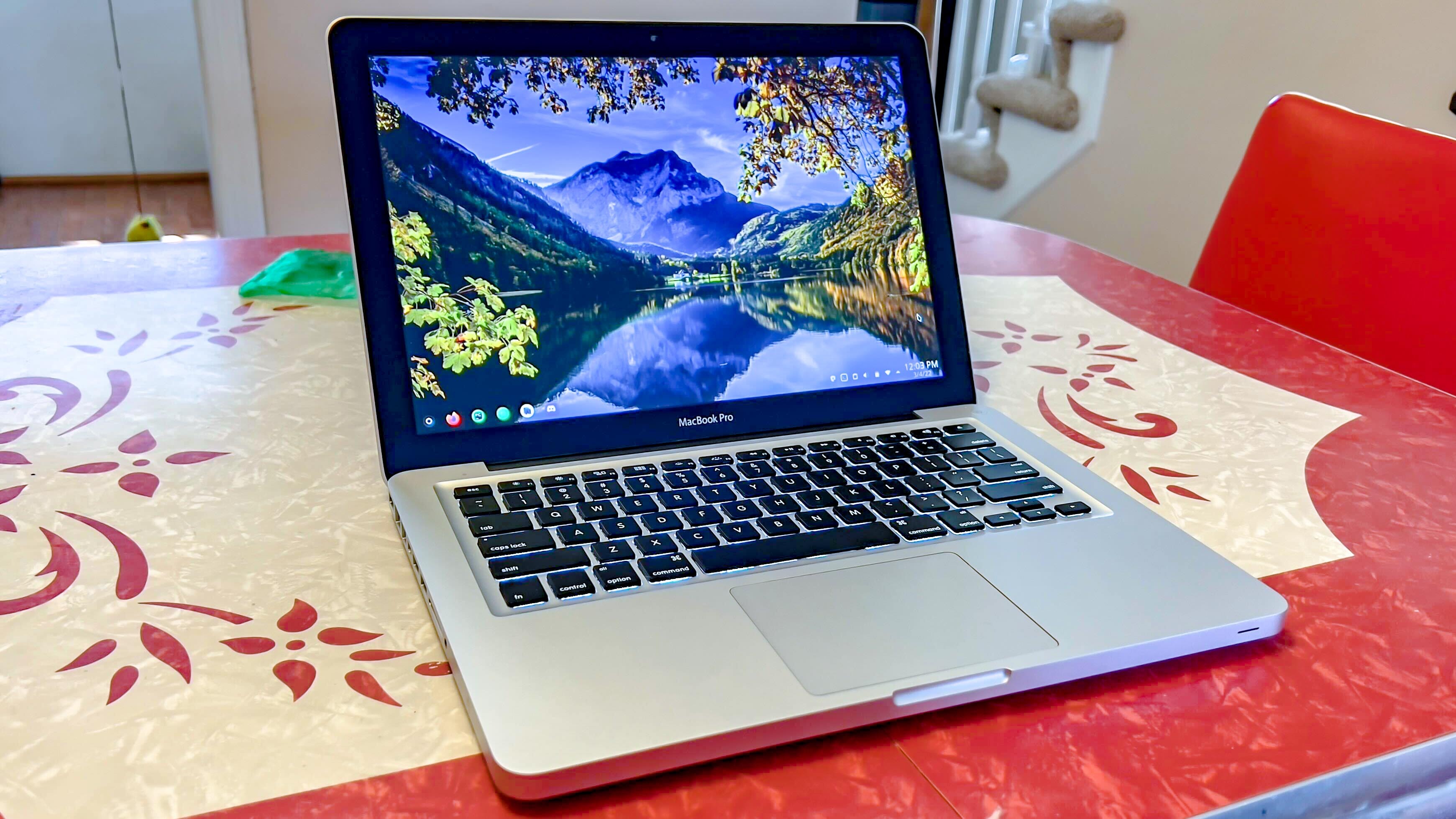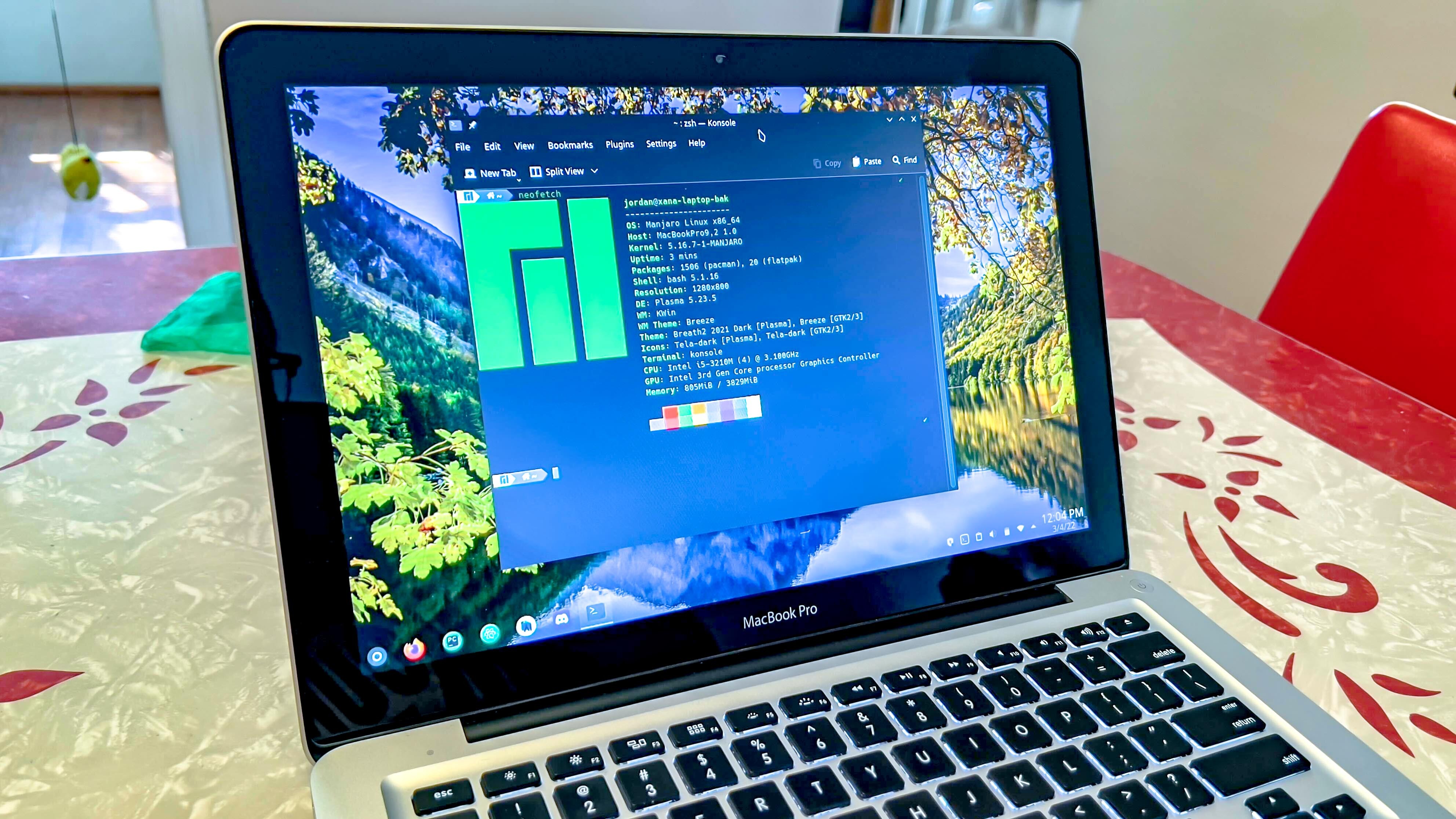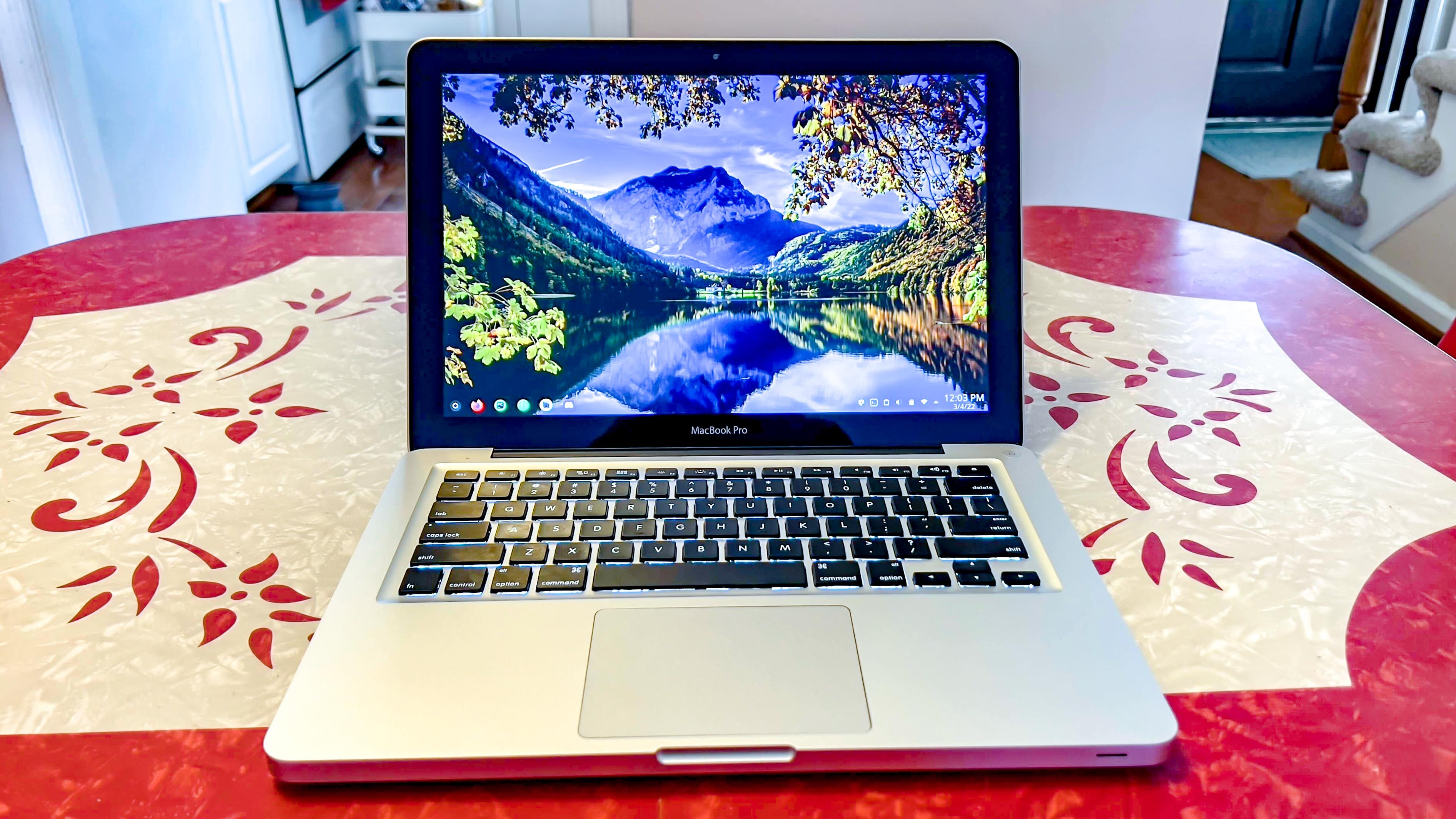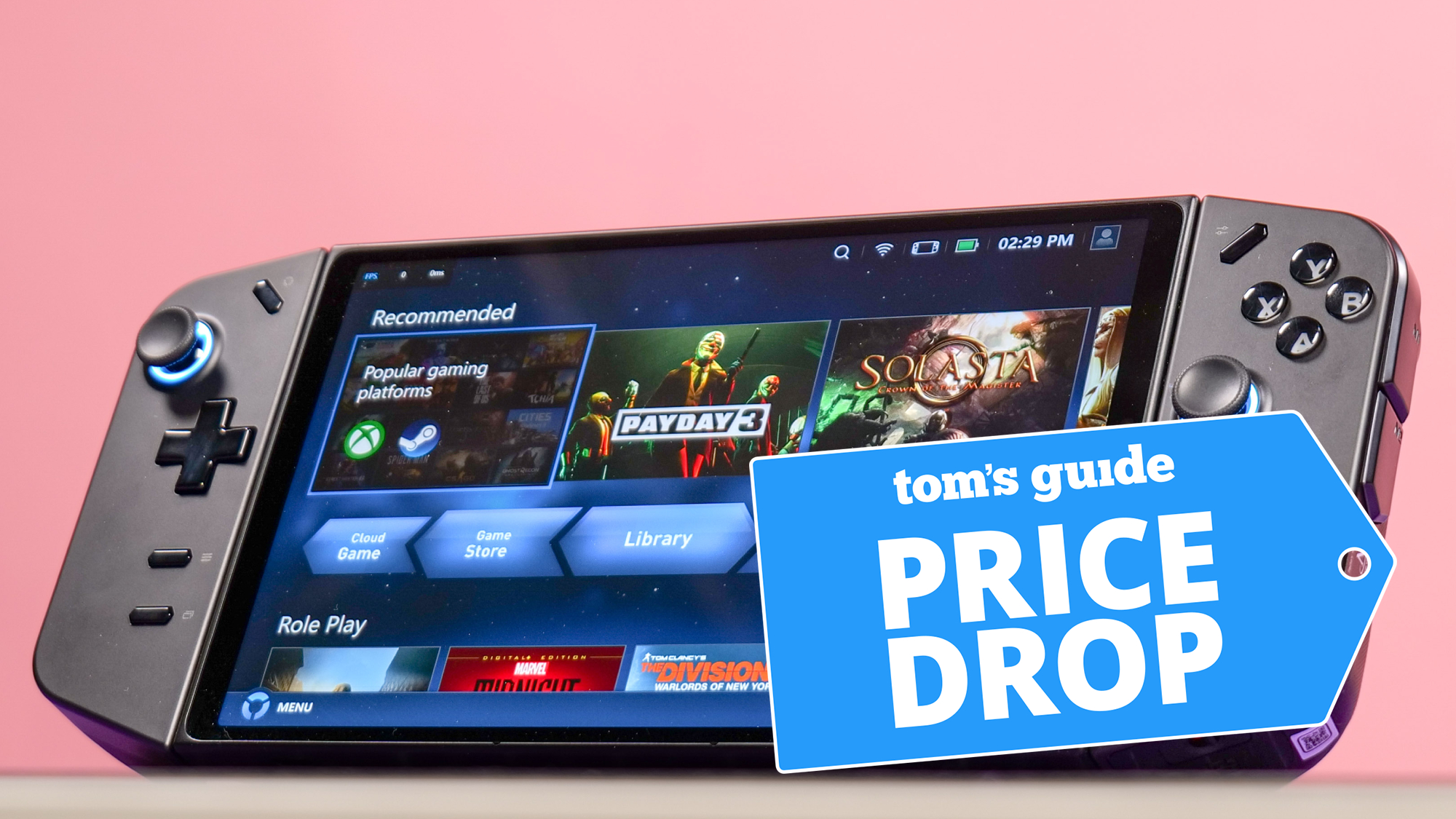Here's how I brought a 2010 MacBook Pro back to life
Linux and an SSD breathe new life into this old machine

I get a certain joy out of fixing things. There's just something about that sense of satisfaction when you complete a repair, be it around the house, on your computer, or on your car. I love figuring things out, piecing together bits and pieces of advice that I find on Reddit and forum threads to come up with a solution for my one particular issue.
Some projects are easier than others, and some are far smoother. But when my friend offered me his practically defunct 2010 MacBook Pro because his fiancée wanted it out of their house, I told him, "Yes!" — quite enthusiastically, I might add. I paid him for the cost of shipping, right about the time Micro Center was giving away free 240GB SATA SSDs. It was like divine providence.
So when the laptop arrived, I took it apart immediately and made the SSD swap. That part was super easy, just unscrewing some things and plugging in the new drive. But that's where the project ceased to be simple and took on another level of complication.

Apple has stopped supporting the 2010 MacBook Pros, and I didn't want to run OS X anyway. So I turned to my de facto solution for any old, tired machine: Linux. However, unlike on Windows PCs, Linux on older MacBooks can work to varying degrees of success. I decided to go with Manjaro, my preferred distribution. From my research, this also turned out to be one of the better choices because of Manjaro's excellent handling of hardware and drivers.
I don't think I was prepared for the headache. Installing Manjaro was easy enough, but Wi-Fi proved to be an extreme hassle. Because of the Broadcom wireless card Apple used, getting the right driver to work out of the box just didn't happen. I could connect to my home network, but my download speed amounted to the singles of KB/s. That's agonizingly slow for you people who didn't grow up with Internet that sluggish.
It took me several hours of digging through forums and Reddit posts to find my solution, which involved pulling the precise driver packages from the repositories myself and making sure they were set up to work with the Linux kernel version I had running. I used a LAN connection via the MacBook's LAN port to get what I needed. But a few nights of work later, I got the right solution compiled and I rebooted.
- Keep your Apple tech safe with a Mac VPN

My Wi-Fi worked.
Sign up to get the BEST of Tom's Guide direct to your inbox.
Get instant access to breaking news, the hottest reviews, great deals and helpful tips.
I think I startled my wife with my whoop of joy/victory. That sense of satisfaction I mentioned earlier? Yeah, I rode that high for days. Hell, I still feel the swell in my chest when I turn on that ancient MacBook and it boots into Manjaro with reasonable Wi-Fi speeds.
It was a fun experiment, but I suddenly had a functioning Linux laptop, albeit an old one, that I had no idea what to do with. Other than a long boot process, the MacBook performs very well given its age. So I decided that I wanted to use it to learn Python, an intimidating process I have yet to start.

So what's next for this little machine? I want to upgrade the RAM from 4GB to 16GB, and then swap out the optical drive for a 2.5-inch HDD using a conversion system from OWC. Eventually, I'll start learning Python and maybe play with some other development stuff. I don't think this MacBook is up to the task of my modern workload, but for casual duties and learning a programming language, I think it'll do just fine.

Jordan is the Phones Editor for Tom's Guide, covering all things phone-related. He's written about phones for over six years and plans to continue for a long while to come. He loves nothing more than relaxing in his home with a book, game, or his latest personal writing project. Jordan likes finding new things to dive into, from books and games to new mechanical keyboard switches and fun keycap sets. Outside of work, you can find him poring over open-source software and his studies.
